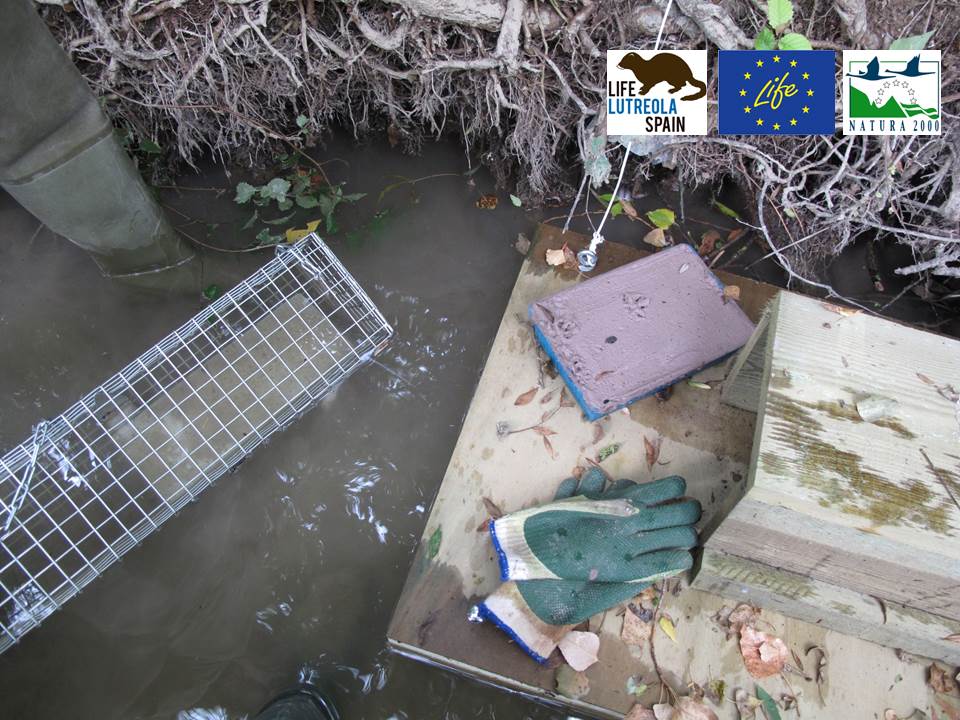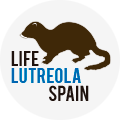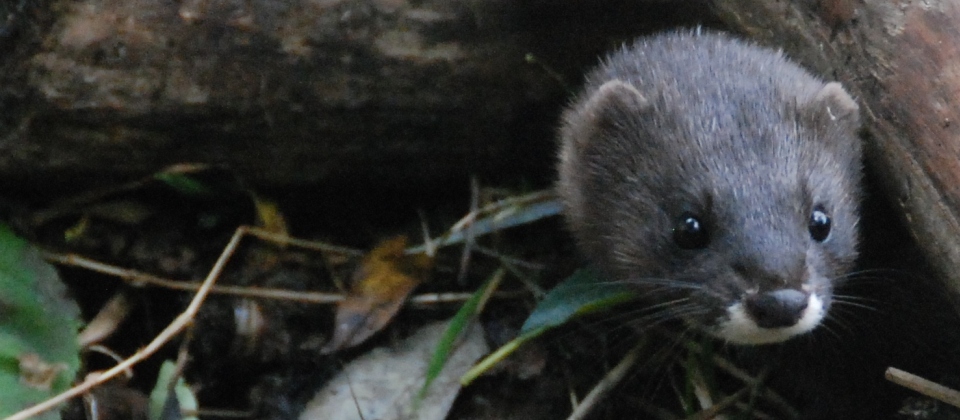
In autumn 2014 three different methods (river trapping, mink raft trapping and phototrapping) were compared for the detection and capture of European mink and American mink. The trial was conducted in eight pre-selected rivers in 2012, 4 with presence of European mink and 4 of American mink.
It worked with a total of 252 mink rafts and 252 traps on the shore (1 per km of river) and 90 cameras (1 per 3 km of river). A trapping effort of 13,491 night traps, distribute in three trappings of ten days in the first two and fifteen in the third. The effort made using the mink rafts was 37% less than that done with conventional trapping, since traps were only placed on those platforms where mink tracks (and contiguous ones) were detected according to the experience of this method in the United Kingdom.
In total, 168 American minks were captured in seven rivers (Ebro, Najerilla, Butrón, Jalón, Oja-Tirón, Zadorra and Iregua), 30 captures were in river traps and 138 in mink rafts. In the case of European mink, 24 specimens were captured on 41 occasions in four rivers (Oja-Tirón, Zadorra, Ebro and Iregua), 26 trapping on shore traps and 15 trapping on mink rafts.
The method of the mink rafts had not been widely used in Spain so far and this proved to be much more effective both in the detection and in the capture of the American species. Considering the effort made in conventional trapping and mink rafts trapping, the American mink catch rate was 7.4 times higher on average using mink rafts: 262 traps-nights in conventional traps vs. 36 night-traps on the mink rafts by capture of American mink. In the case of European mink, there were no significant differences. Phototrap was less effective in detecting the presence of the American mink than the mink rafts method.
In conclusion, the use of the mink rafts showed that we had underestimated the densities and distribution of the American species in the wild, and we did not manage to effectively control within this action. The mink rafts allow detecting and capturing the American mink more effectively. This is a hope for the achievement of the objectives identified in the conservation actions that are being developed within this project to improve the state of conservation of the European mink in the wild.



